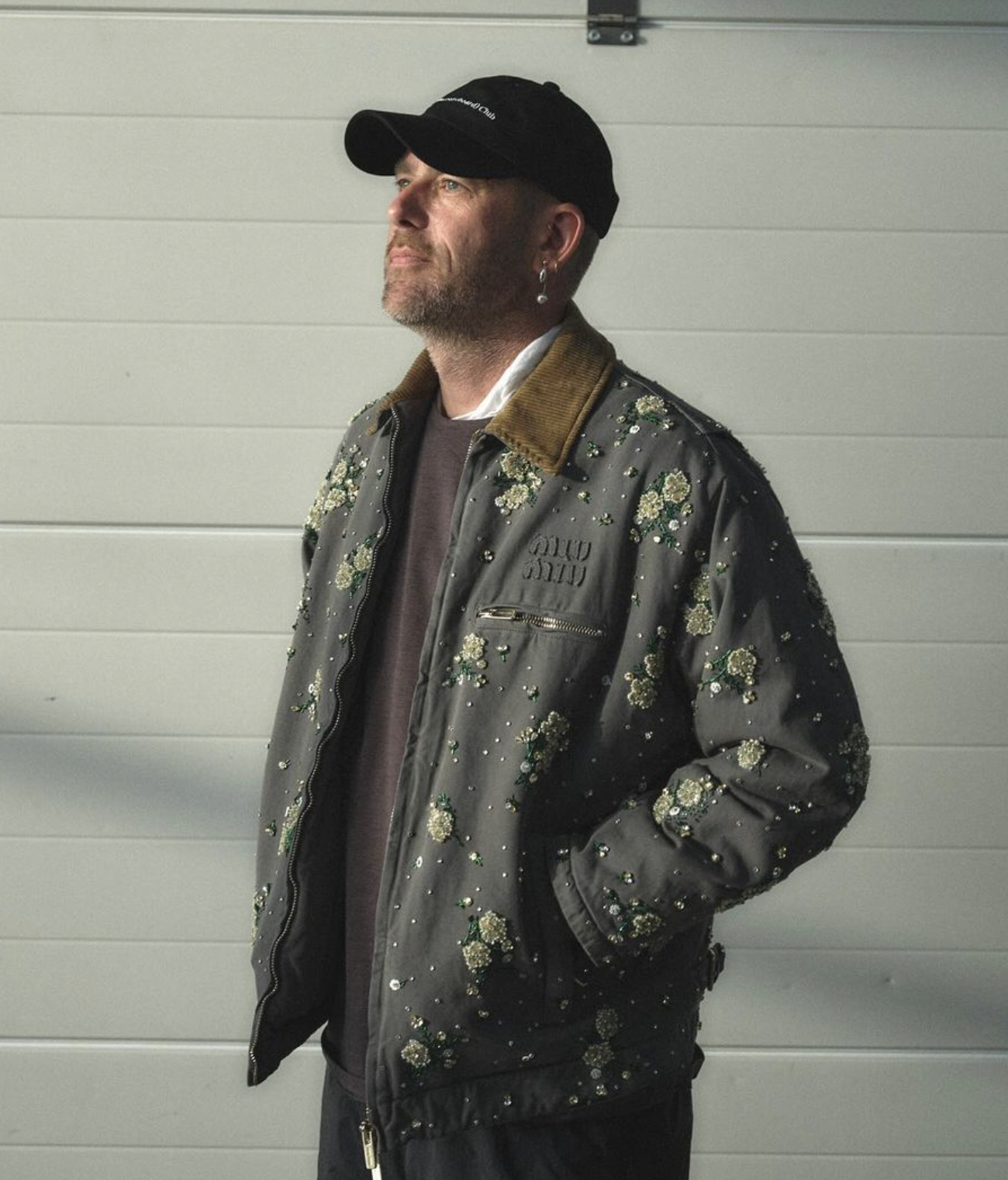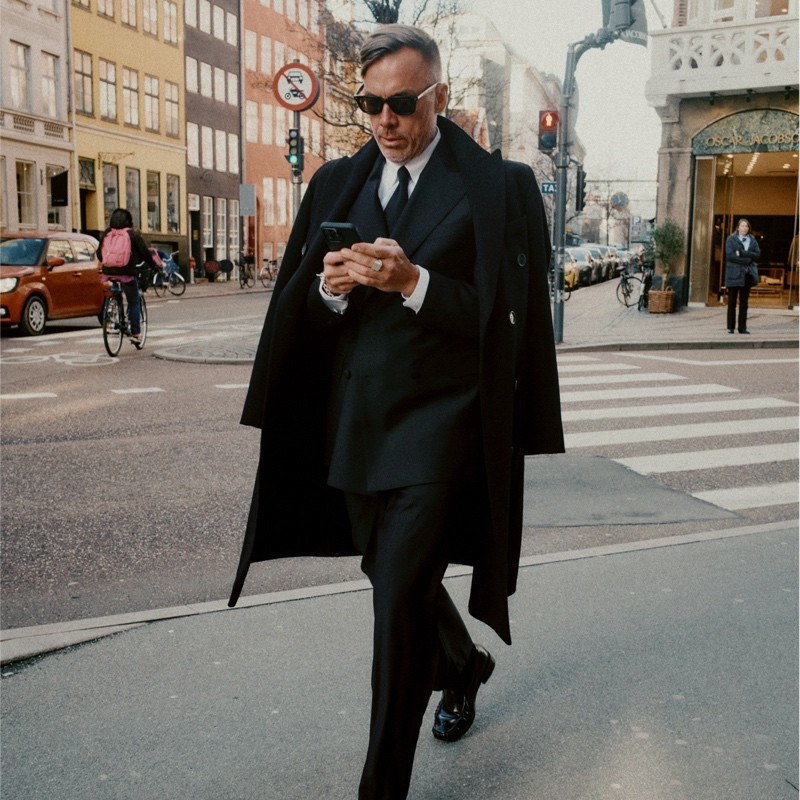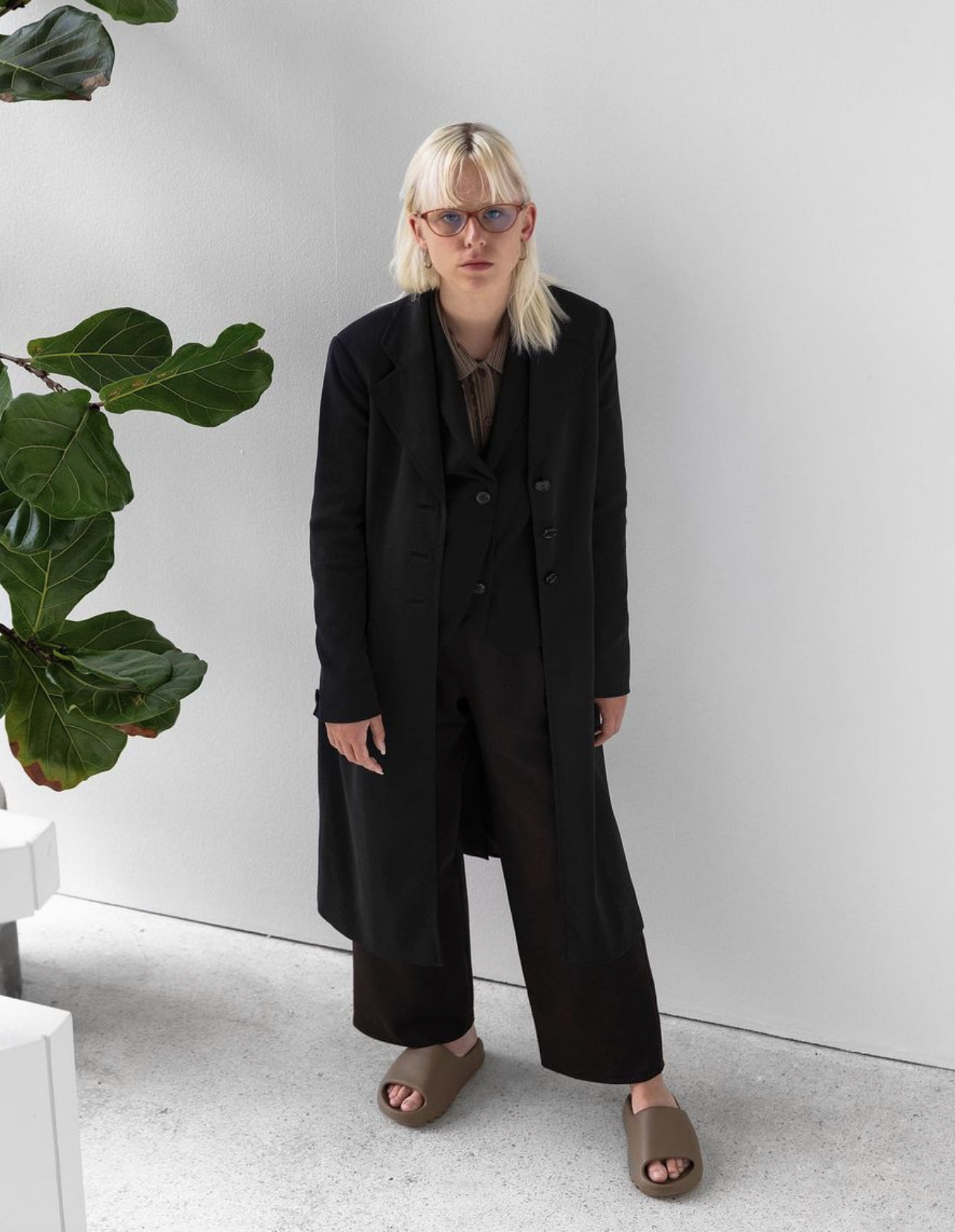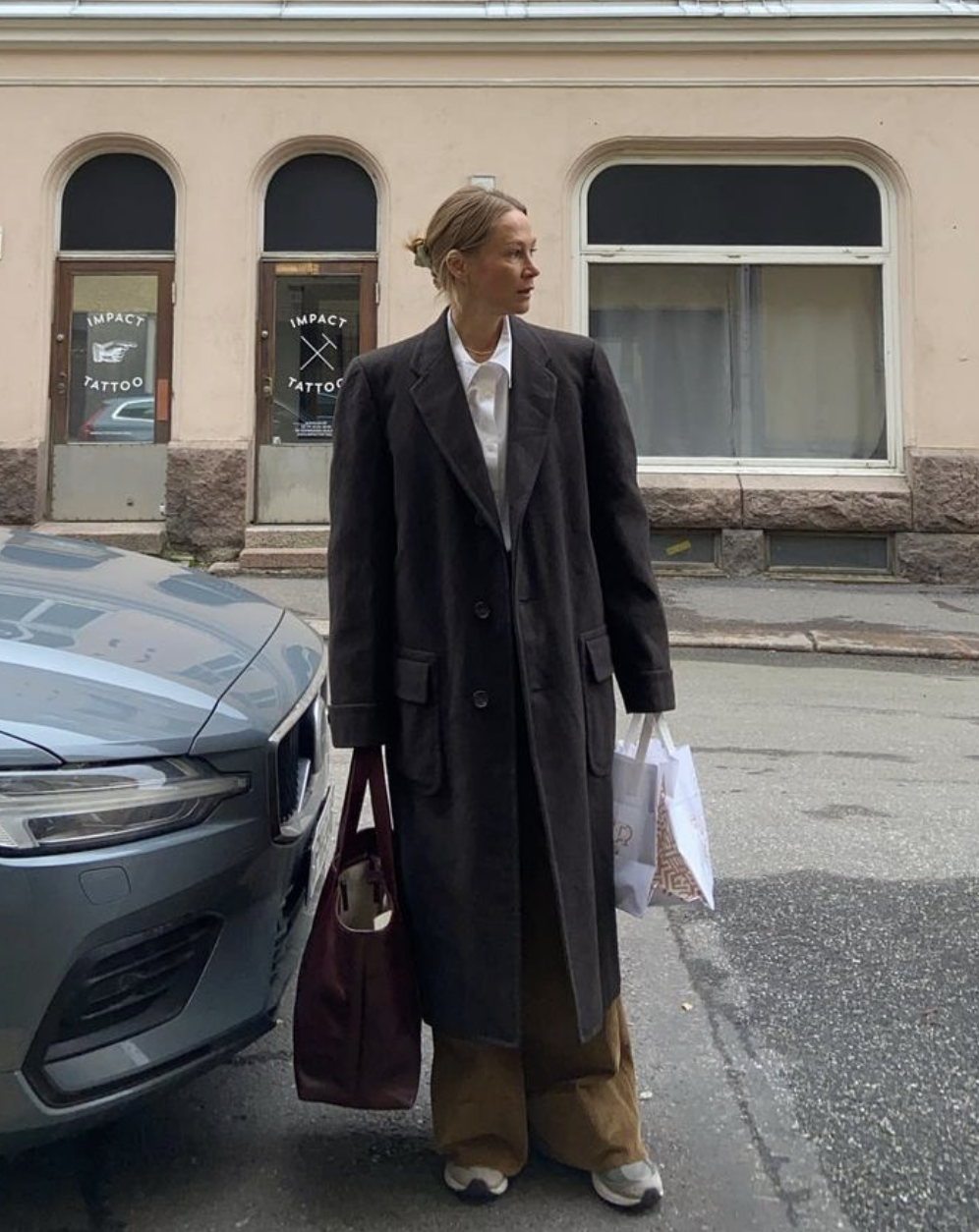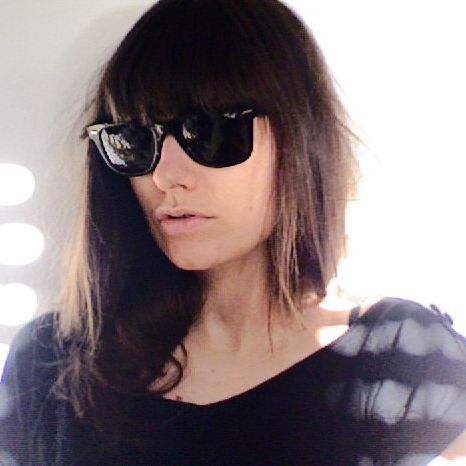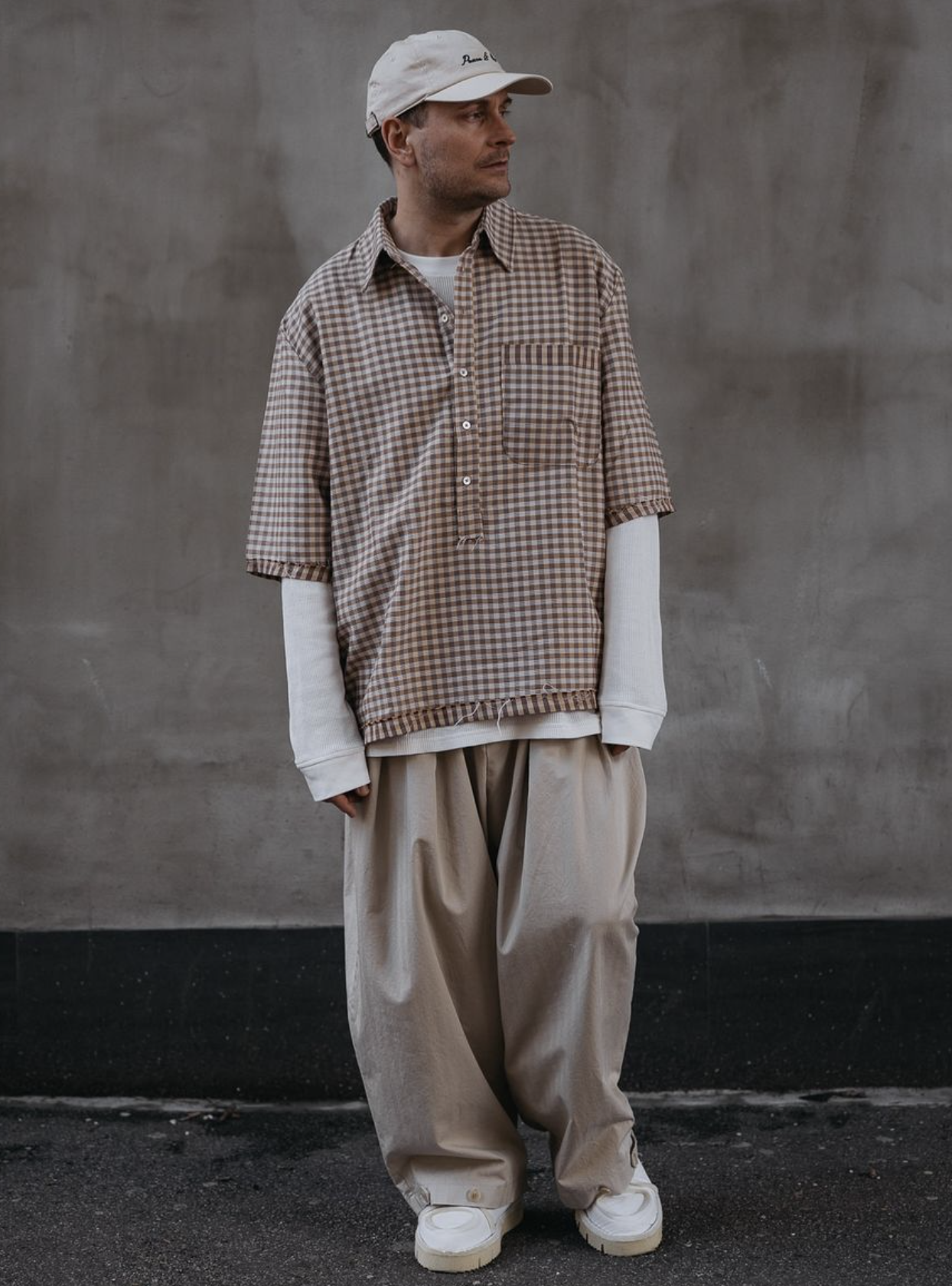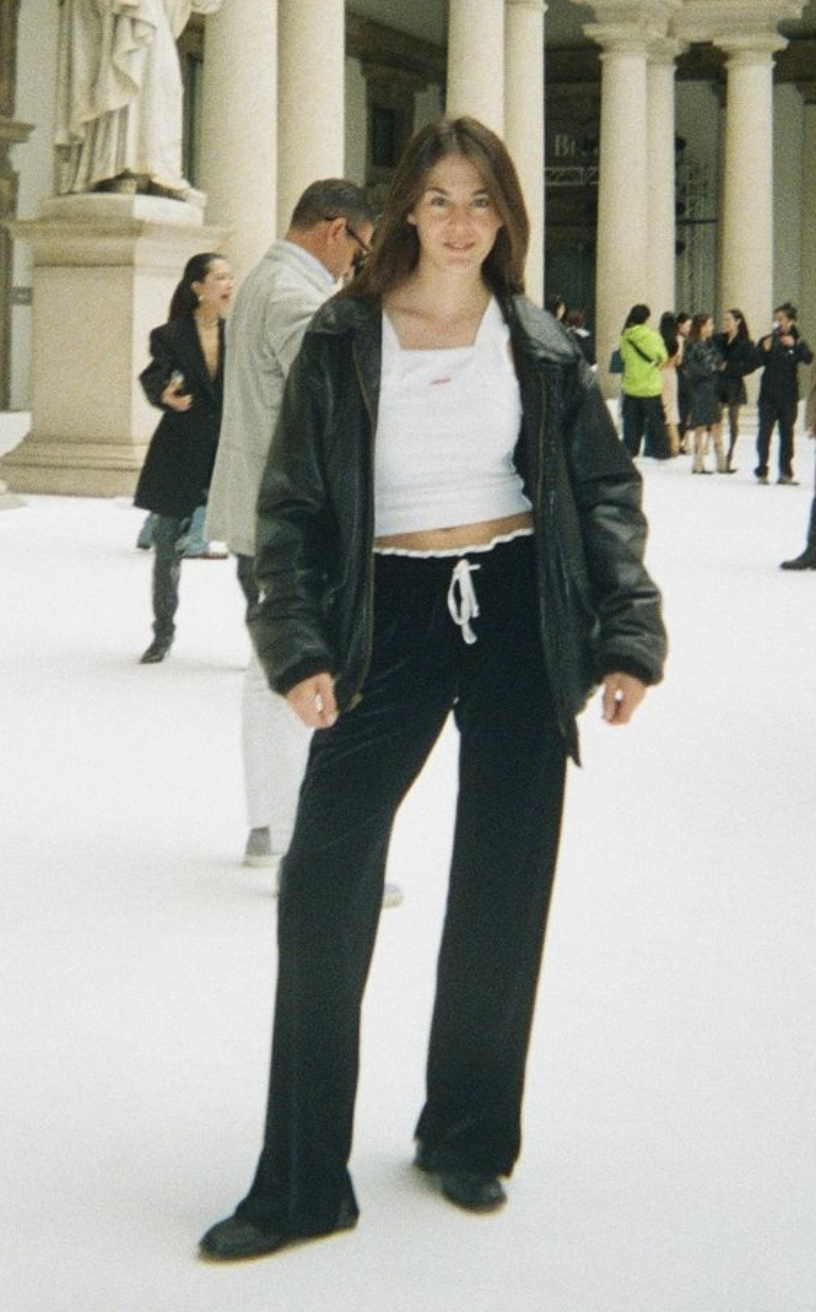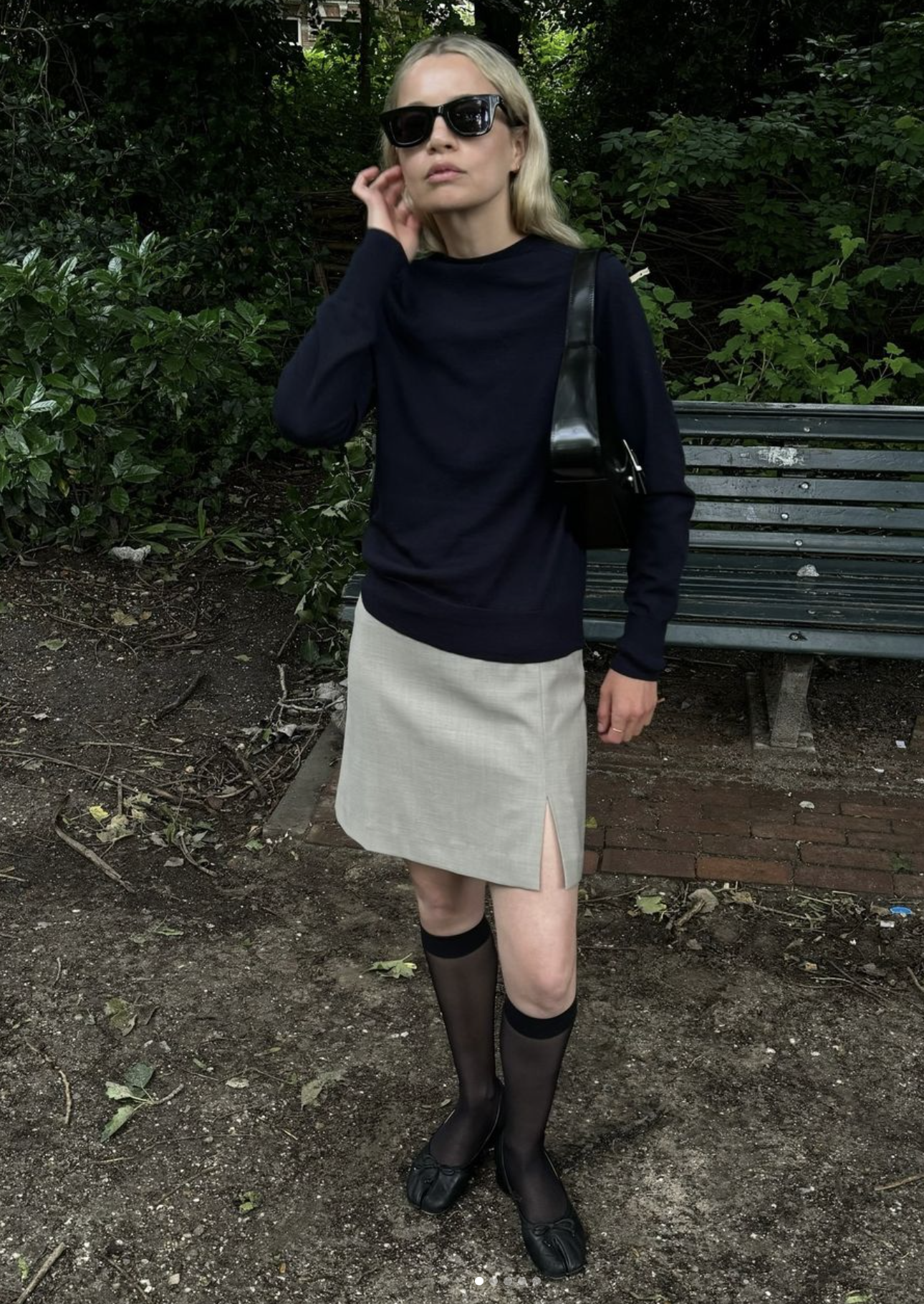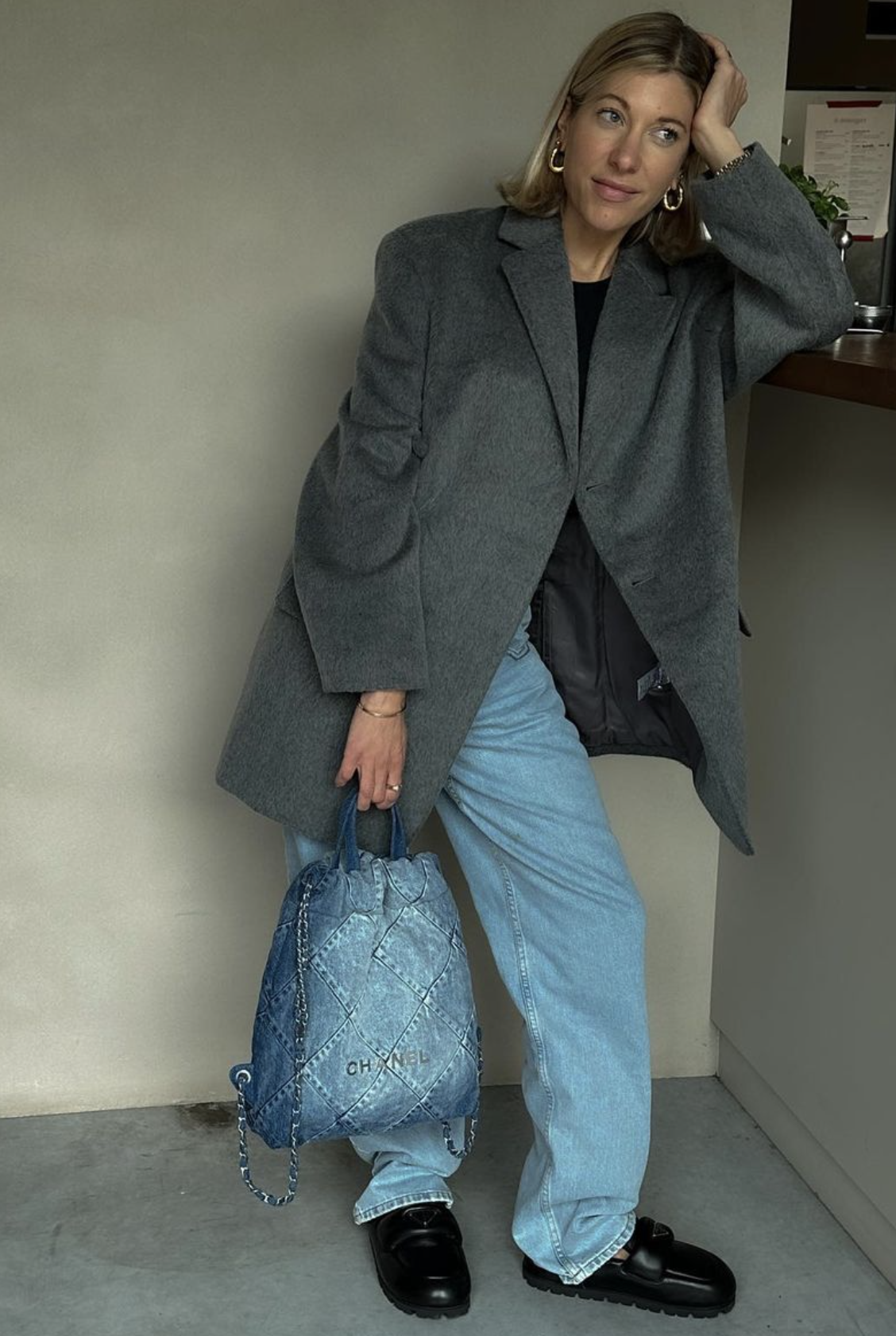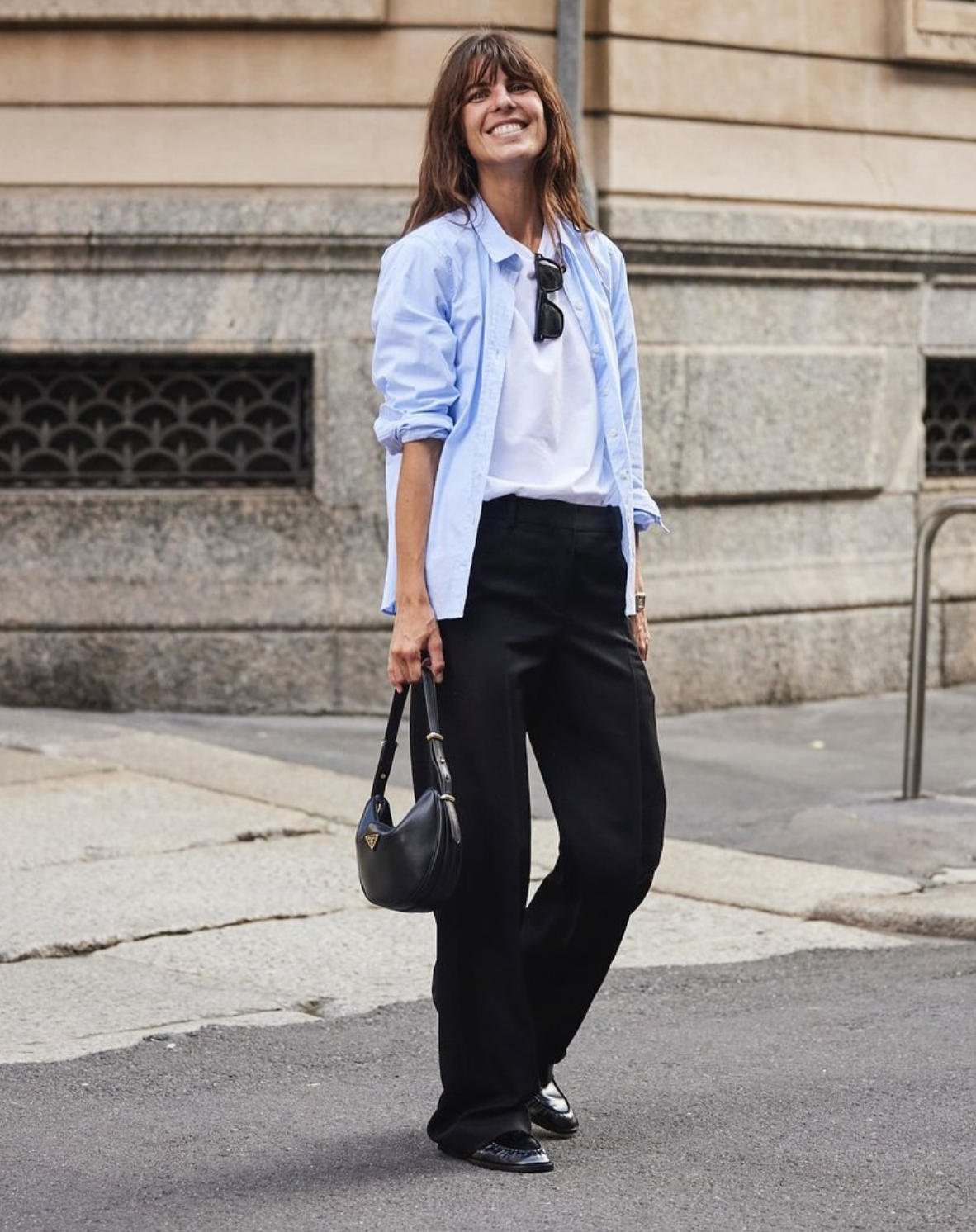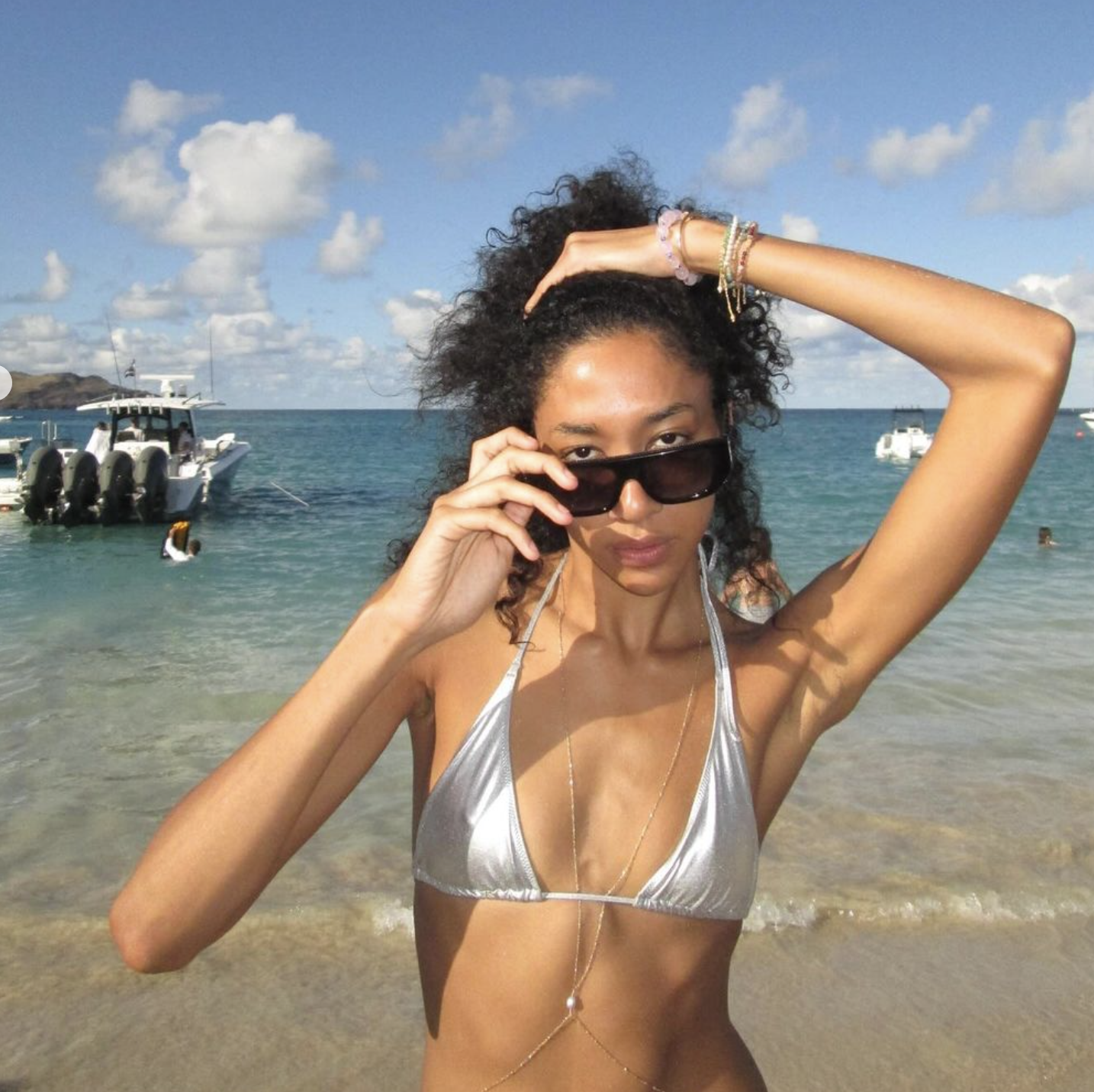With a fast-paced everyday life, the principles of slow living stand in a sharp and perhaps comforting contrast. As the movement progresses, more people are integrating the values of slow living into all areas of their lives – from slow food to slow fashion and slow...
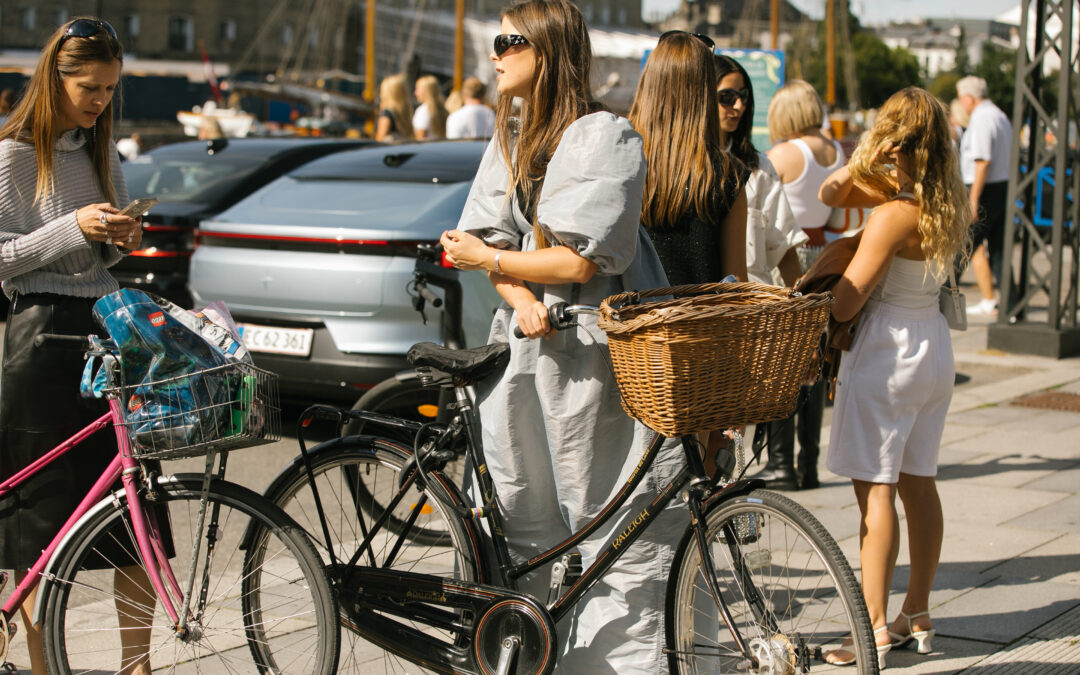
A Closer Look at Copenhagen Fashion Week 2024: Insider’s Insight
A Closer Look at Copenhagen Fashion Week 2024: Insider’s Insight
Copenhagen Fashion Week is for many the culminating gathering of Scandinavian creatives. During the two weeks per year, one Spring/Summer edition and one Autumn/Winter edition, a global swarm of creatives flock around the Danish capital to get the details on the latest Scandinavian fashion. Traditionally, fashion weeks have provided an opportunity for the people on the commercial side of fashion, such as retailers, buyers, etc, as well as exclusive A-list celebrities, to scope out the latest trends seen strutting down the runways. However, with the boom of social media, the audience is changing. Who, then, can one expect to see at a Copenhagen Fashion Week fashion show in 2024?
Through market research and some invaluable insight from seasoned professionals, we have dissected the crowd at this year’s autumn/winter edition of Copenhagen Fashion Week, to help brands understand to whom they can direct their marketing and communications. According to the Fashion Editor for both Café Magazine and King Magazine, Daniel Lindström (@daniellindstrom), things have changed a lot since the golden days of fashion weeks.
“When I started going to shows, that was in ’99, before social media, it was just buyers and journalists. The buyers sat on one side of the catwalk, the journalists on the other. No celebrities at all. There was something called Fashion TV, a low-cost channel that aired all the shows. Looking at that video now from Prada’s Fall/Winter ’99, it looks surreal, because there were almost no people there. There were only 200-300 seats, and you see maybe a few retired industry people, maybe some New Yorker who owns a clothing store. Not a single celebrity, not a single spectacle.”
Meet the Insider: Daniel Lindström
Daniel Lindström has been in the game for a long time. Working with the two iconic Swedish men’s magazines King and Café since the 90s, he has become synonymous with fashion in Sweden. As Fashion Editor for the two magazines, Daniel has traveled the world on behalf of Swedish fashion, seen everything, done everything and knows everyone.
Copenhagen as a Hub for Creativity
“Young, eclectic, positive”.
These are the three words that come to mind for Daniel Lindström when he thinks back on this year’s rendition of Copenhagen Fashion Week. And while he means that influencers have a tendency of turning the camera on themselves instead of reporting from the shows, he ponders on what Copenhagen Fashion Week would be without influencers:
“It [CPHFW] wouldn’t have been where it is today at all, they still spread this great image of Copenhagen as a fantastically creative city with young, new fashion designers, and a great environment for fashion. They have an important role in spreading the brand of CPHFW.”
Lindström paints a picture of Copenhagen as a hub for street style and a more democratic environment of fashion. Before Vogue Runway and influencers, fashion photographers would flock to Copenhagen to capture the outfits of both attendees and regular folk on the streets of the city. It became the foundation on which the street-style photography phenomenon grew. Since then, the crowd at CPHFW has turned out crazier, more eye-catching looks year after year, simply because of that strong tradition of great style that Danes seem to have. Both British, American, and (of course) Scandinavian Vogue reported attentively on the street style looks of this year’s Copenhagen Fashion Week, of which most portrayed the outfits of influencers.
“If you go to Copenhagen as an influencer today, there is so much content being created. It’s much more palpable in Copenhagen than at other fashion weeks”
Influencers being photographed in the streets act as direct, free content for the brands they work with. These days you will see many creators arriving at shows in fully borrowed looks, straight from the showrooms of the brands, most often in clothes from current collections. This is an effective way of reaching their audience without feeling pushy or unnatural, it is simply a case of capturing a stylish person on the street. It therefore goes to show the important role content creators play as stakeholders during Copenhagen Fashion Week. They can be a useful tool in creating a narrative around one’s brand using multiple platforms, instead of the more direct-to-consumer approach that a traditional campaign would do.
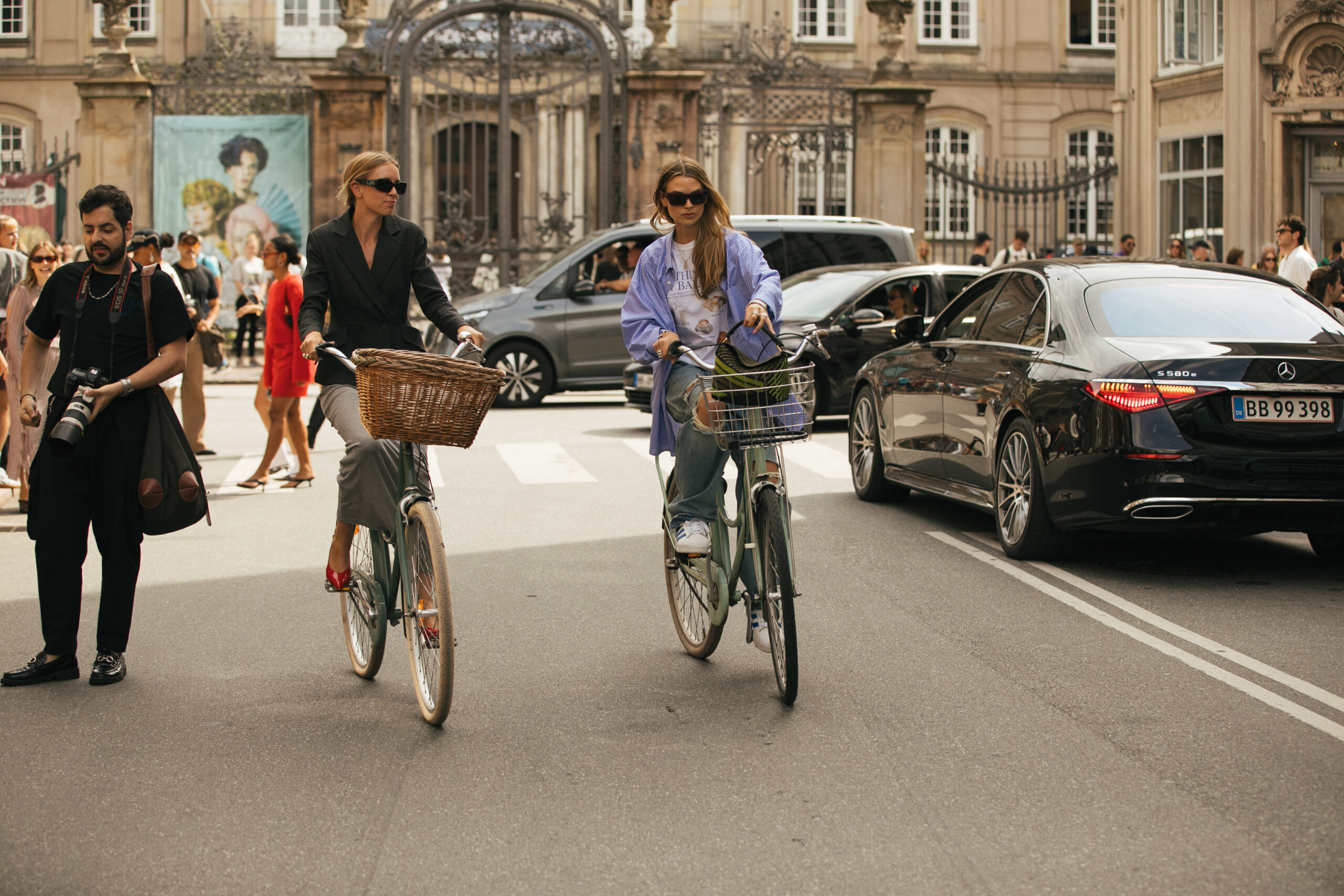
Noorunisa, Copenhagen Fashion Week Street Style SS25
The SOT – Social Media of Things
Since the meteoric boom of social media in the past 10 or so years, the criteria for attending a fashion show have changed with the environment around it. Nowadays it’s not uncertain that you’ll see the likes of TikTok’s “Tube Girl” attending, or even walking fashion shows in London or Paris. Or “fashion influencers” taking rolls of content of themselves at the runway venue. This phenomenon has not been lost on the Scandinavian fashion weeks either. This year’s edition of Copenhagen Fashion Week featured, yet again, a few selected “Official TikTok Ambassadors”, both local as well as international. These ambassadors not only get the chance to attend multiple shows and maybe even sit in the front row, but they are all responsible for “guest-hosting” Copenhagen Fashion Week’s social channels. CPHFW states that the purpose of these ambassadors is to share content from “street style, backstage, live from the front row, events, and everything in between.”
The desired effect from this campaign might be twofold. First, it’s a way to gain attention from a new audience: the TikTok audience, which attracts not only younger but also more diverse crowds. Secondly, it becomes an act of democratizing the fashion week, breaking down some of the exclusive, high-barrier entry policies that have historically surrounded these weeks. Not only does inviting influencers to document contribute to this inclusivity phenomenon, but during this year’s edition of CPHFW, we also saw a multitude of brands deciding to show their collection in public spaces.
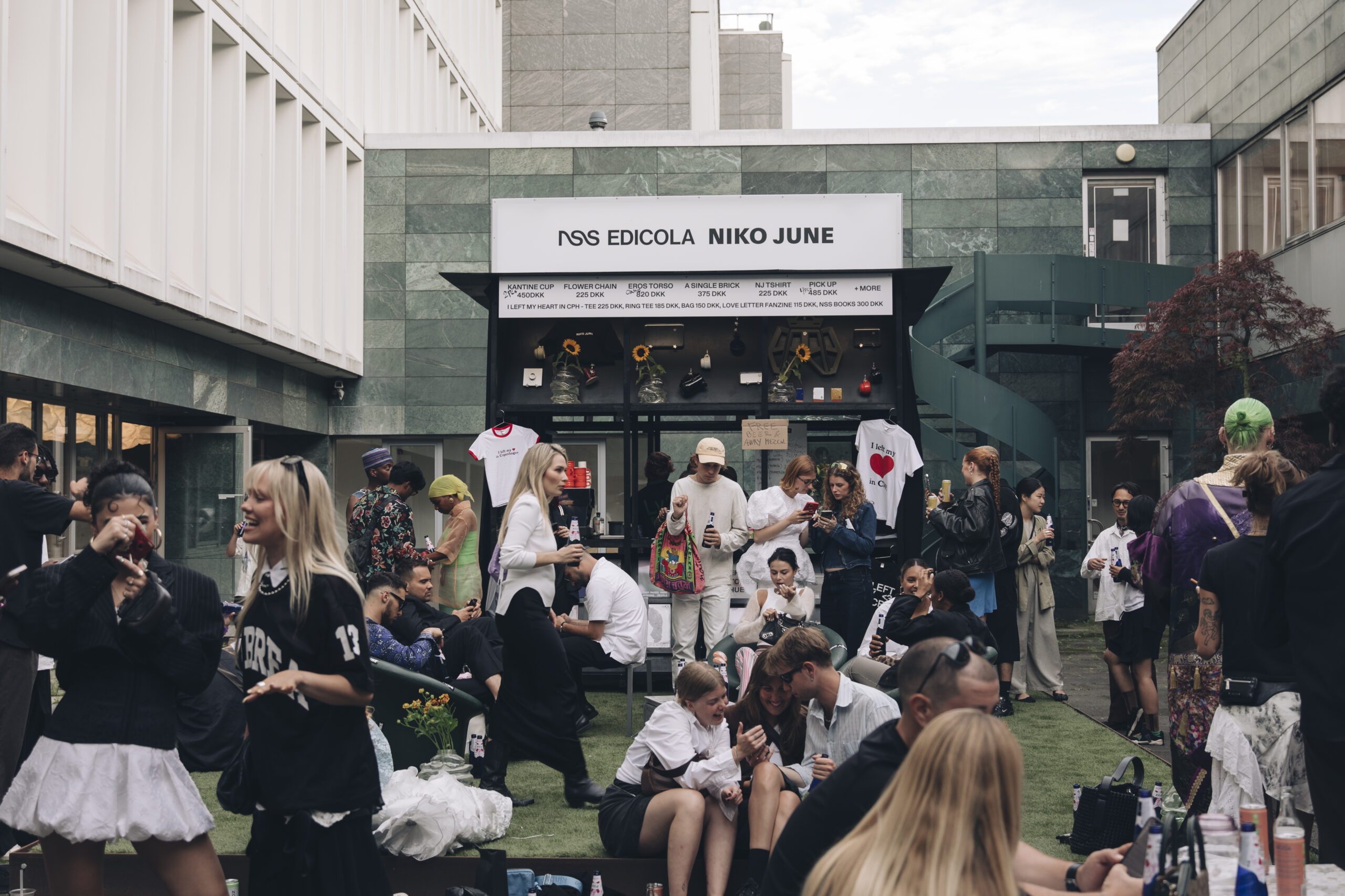
Tonya Matyu, Copenhagen Fashion Week Creator Hub SS25
Democratizing fashion
Brands such as Opera Sport, Marimekko, and Alectra Rothschild/Masculina all presented their new lines in outdoor locations around Copenhagen, open for anyone to enjoy. This is another good example of where fashion in Copenhagen is blended into the broader scene of the community. People on the street can easily participate, without disturbing the already decided-on aesthetic of the shows.
An extreme contrast to these shows is the “quiet luxury” brand The Row, bred by the infamously minimalistic Olsen sisters. During their autumn/winter 24′ show, attendees were asked to refrain from taking any photos or videos from the show and were instead given notepads to scribble down their ideas. Here, exclusivity becomes the pillar on which the fashion show itself stands. However, you may ask yourself if this is in an attempt to retain the illusiveness of fashion or find a way back to it. When thinking back on fashion weeks in the early 2000s though, Daniel Lindström expresses how a form of democratisation was starting to take shape already:
“The democratisation started already when brands began broadcasting their shows on the internet. Before that, we, the ones who were actually there, were the only ones who knew what had happened. Then, with Fashion TV, you could suddenly sit in front of your own screen and follow along. Those of us who were there felt that the exclusivity disappeared. But of course ultimately in a positive way.”
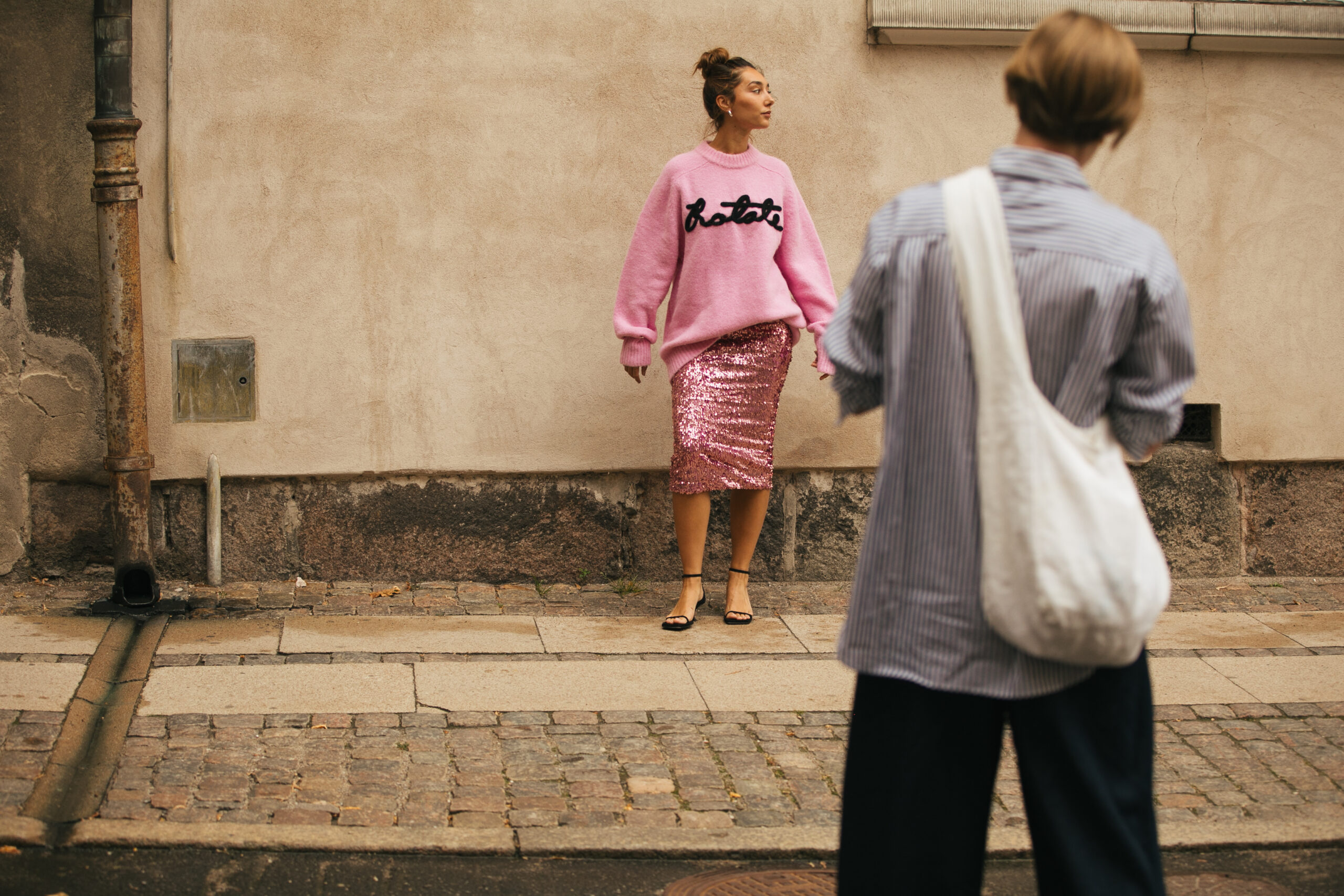
Noorunisa, Copenhagen Fashion Week Street Style SS25
Industry figures and their role at CPHFW
So what is the role of individuals, like Lindström with around 24,000 followers on Instagram, who exist in the influencing gray zone, hovering the line between influencer and editor – the industry people? Daniel explains how his role at Copenhagen Fashion Week is to gather as much information as possible by attending shows, looking at new collections and showrooms, and spreading that information to the readers of King and Café Magazine. He expresses how important it is for him to be able to simultaneously do quick reporting while keeping an eye on the horizon, something you might not need to consider as an influencer:
“Despite everything that happens around influencers and the search for the new, I feel that experience is rewarded and appreciated. […] The magazines are still important, Scandinavian Vogue for example, because a complement to this fast and digital landscape is needed. In addition to the TikTok voice, we need something more long-lasting. But then again I have to keep being curious, all the time.”
Industry figures are as influential as seasoned professionals, the heavy journalists, and as innovative and relevant as the novel social media influencers. At Copenhagen Fashion Week they represented the likes of stylists, authors, musicians, and much more. When we asked Lindström to reflect on what makes the crowd at Copenhagen Fashion Week so unique, he confirmed this notion:
“In Copenhagen, you can have a voice without a big following. You can be a chef, an artist, or a musician who doesn’t feed into “having followers.” They have a talent for inviting creators. That’s what’s so inspiring about Copenhagen.”
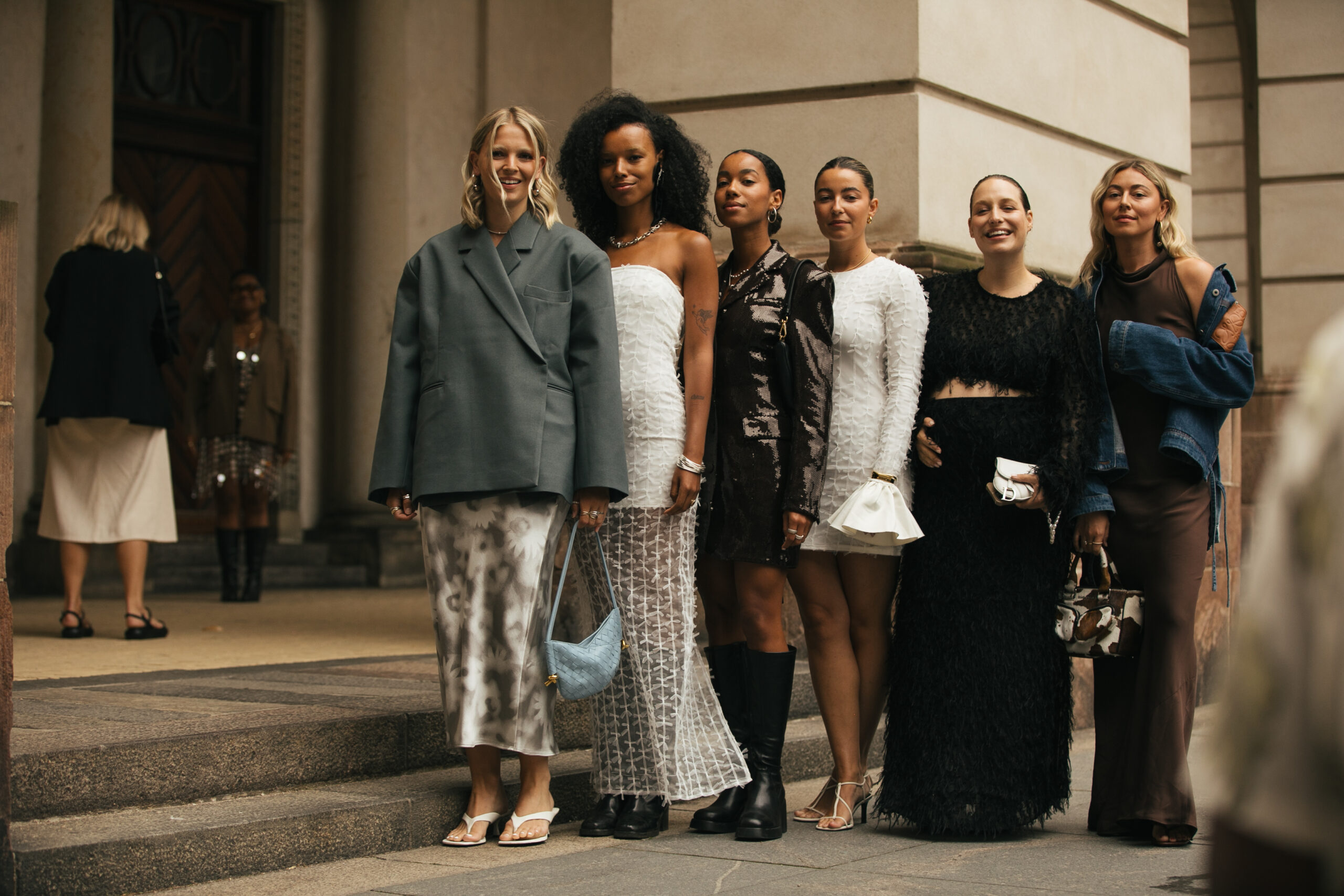
Noorunisa, Copenhagen Fashion Week Street Style SS25
Key Takeaways
While we keep seeing an increase in the presence of influencers at fashion weeks, brands have to keep their cool and find a balance between quantity and quality. If you are looking for quantity in content, focus can surely be put on inviting influencers to events, shows, and presentations. By tapping into the international appeal of street style and a more organic, rather than artificial brand campaign, brands can reach out to new and broader audiences.
If, on the other hand, quality is the objective, don’t leave the industry figures in the dark during fashion weeks. These seasoned professionals help bring a certain unmatched credibility that only comes from years of experience in the many realms of the fashion world. Having broader knowledge of the industry helps make smart references and create sustainable buzz, not only through content but also word-of-mouth. Industry people can act as a patron, rather than an ambassador for your brand.
At Copenhagen Fashion Week you might run into:
Our international research team has gathered some of the most influential industry figures from each market. Take a look below:
Image credit: Copenhagen Fashion Week/Noorunisa/Tonya Matyu – SS25. References: Vogue: Is the Row’s No Social Media Policy the Ultimate Act of Quite Luxury? Forbes: How Influencers Are Giving Fashion Week A Whole New Look. Vogue Business: Tube Girl at Balmain? Internet personalities are invading Fashion Week
SIGN UP TO OUR NEWSLETTER
Get free knowledge on how to optimize your B2B marketing & new product releases.
RELATED POSTS
The Art of Slow Living: When Thoughtful Choices Redefine Design
Mastering Sustainable Branding in Interior Design
In recent years, the appeal of trendy marble coffee tables, plush sofas, and finely designed lamps has captivated us all. While the interior design industry often embodies craftsmanship, it also has a less glamorous side: its environmental impact. This reality has...
Beyond the Aesthetic: The Emergence of Stylists as Influencers
In the realm of interior design, stylists, recognized for turning creative visions into captivating editorial and commercial projects, are increasingly emerging as key influencers on social media. The rise of digital platforms has substantially redefined their roles,...


